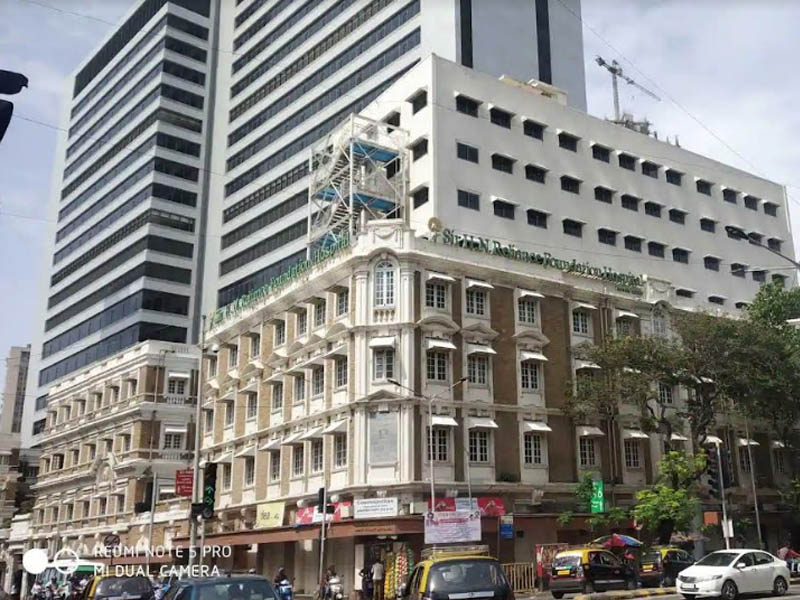Hospitals and healthcare facilities are moving toward a more sustainable way of operating. The sector has been known to generate a large amount of carbon footprint given the energy needed to power such facilities and the waste collated due to equipment sterilization. On the occasion of World Earth Day, Sir HN Reliance Foundation Hospital shares five ways they have adopted sustainability while also improving operational efficiency:
LED lights – Going green does not always have extreme expenses! One of the simplest ways to do so is to switch to LED lights. It reduces power consumption as well as greenhouse gas emissions. Switching to LED lights to conserve the world’s precious natural resources – and that is a priceless gift one can give to the future generations
Variable Frequency Drives (VFD) – Every commercial process produces energy which is not used in the process. Instead of emitting this heat to the environment, as is frequently done today, it is preferable to use it within the process. Using Variable Frequency Drives (VFD) for air handling units, water circulation pumps, fresh air supply and exhaust fans help save energy.
Sewage Treatment Plant (STP) – The installation of tap aerators helps optimize the water flow from our taps. It acts as a sieve, separating a single flow of water into multiple tiny streams that introduce air into the water flow and hence help conserve water. Setting up a Sewage Treatment Plant (STP) allows the treatment of wastewater and reuse for flush tanks.
Rainwater harvesting – Water scarcity is a grave problem today. More and more water is needed for domestic as well as commercial use. Once considered an inexhaustible resource – fresh water is all set to become a rare and scarce commodity. Using rainwater harvesting enables self-sufficiency and lowering water consumption.
High performance glass – During day time, high performance glass allows sufficient daylight inside so that the need for artificial lights is minimal. It also reflects heat, reducing the need for air conditioning. This environmentally friendly solution ensures energy efficiency and optimum day-lighting.


